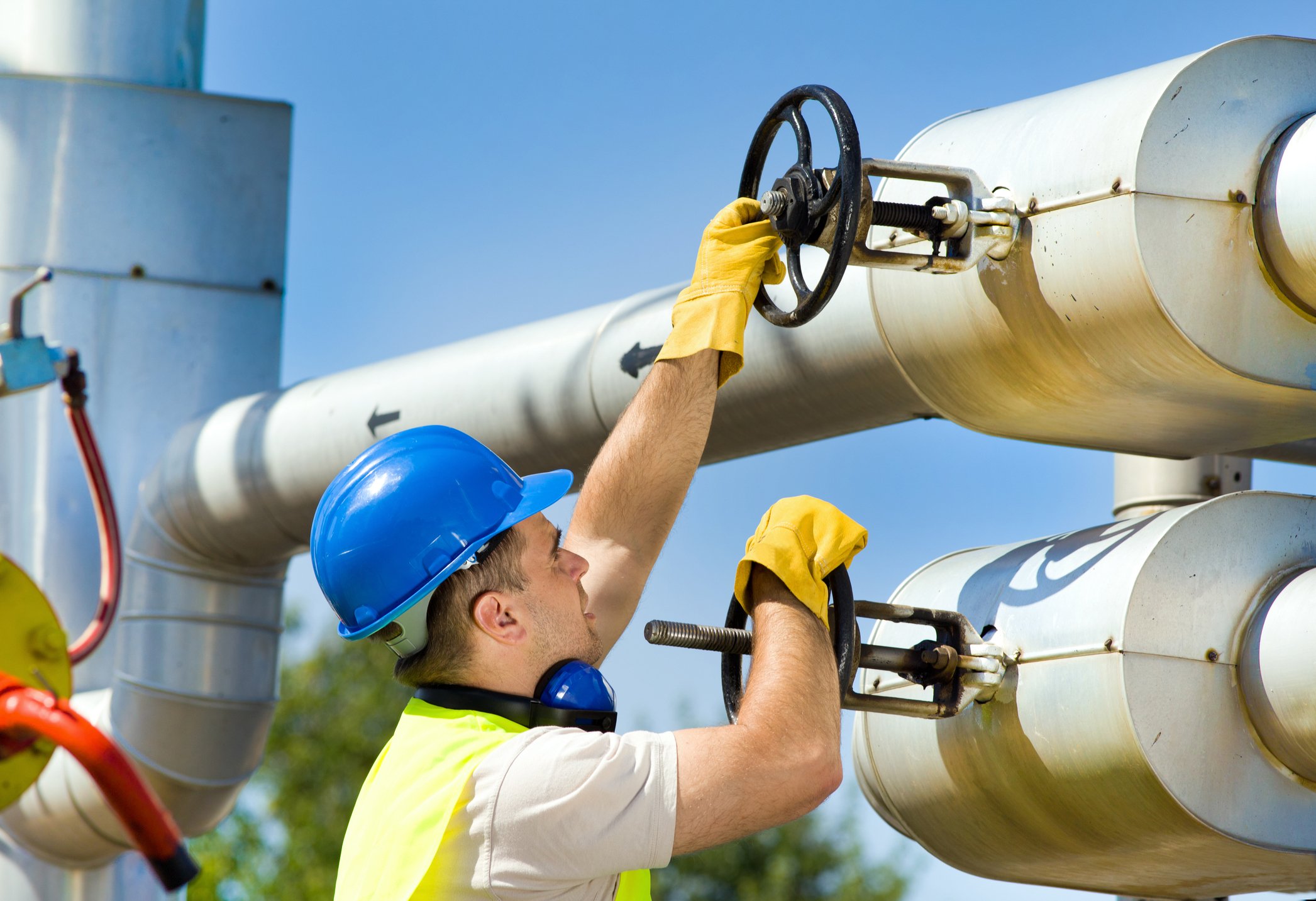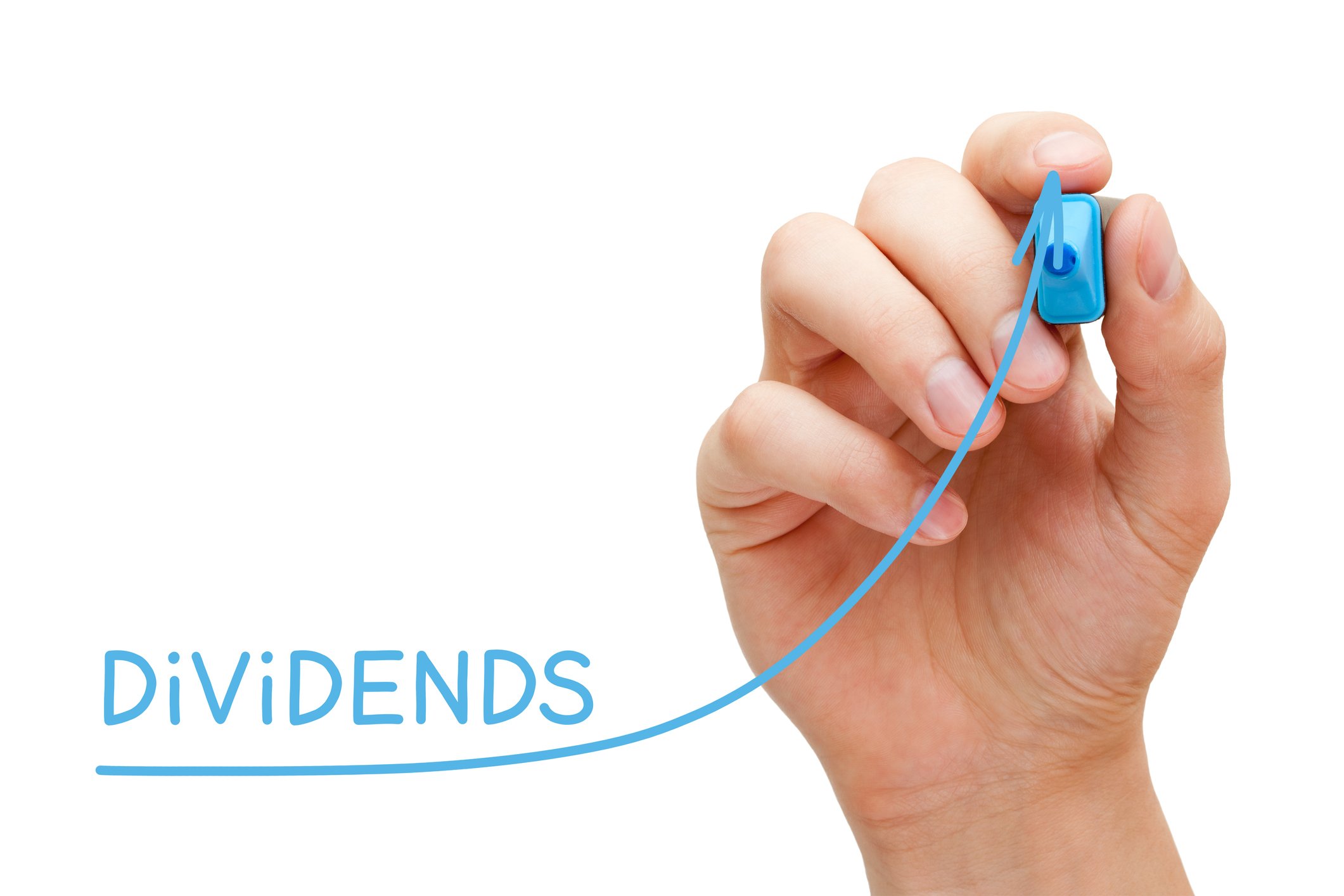When you invest in a company, you are effectively buying a small claim on its long-term cash flows. The hope, of course, is that those cash flows will grow over time and you'll be rewarded with either a growing dividend or a higher stock price -- or both. So when looking at companies like Kinder Morgan Canada Limited (KMLGF +0.00%) (KML +0.00%)and TransCanada Corporation (TRP +0.52%), you need to think both about what these companies look like today and what they will look like in the future. When you do that with this match up, one is a clear winner.
A blank slate
Kinder Morgan Canada is starting 2019 in an impressively strong financial position. It expects net debt to adjusted EBITDA to be an incredibly low 1.3 times in 2019, and it is projecting distribution coverage of nearly 1.4 times for the full year. These are very robust figures for a midstream energy company. And it's coming off of a strong fourth quarter performance, with year-over-year increases in income from operations and distributable cash both above 80%. The company is in a very solid position.
But there's a little history here that you need to know about before you jump aboard. The company was spun out of U.S. energy giant Kinder Morgan, Inc. (KMI +1.74%), which retains a roughly 70% stake in Kinder Morgan Canada, in late 2017. At the time, the company owned a few relatively small Canadian midstream operations and the Trans Mountain Pipeline. The Trans Mountain Pipeline was Kinder Morgan Canada's growth engine, with a multi-year, multi-billion dollar expansion project planned.

Image source: Getty Images
The expansion project, however, faced significant pushback from local residents and regional governments. It was eventually sold to Canada's central government for roughly $3.5 billion. That allowed the company and its parent Kinder Morgan to get out from under a troubled investment, so it was a positive outcome in a very difficult situation that could have ended in a materially different way.
That said, Kinder Morgan wasn't content to leave Kinder Morgan Canada sitting on that pile of cash, and pushed through a large special dividend. (The company's year end 2018 net debt to EBITDA figure of 0.2 times is so incredibly low because the figure includes the cash that has since been distributed.) Although all shareholders benefited from the dividend, it left Kinder Morgan Canada with a much less certain future. Yes, the Canadian company has a solid balance sheet and a small collection of decent midstream assets. But it no longer has the same long-term growth outlook, and it now lacks the cash to make material investments.
So Kinder Morgan Canada will basically spend 2019 looking for ways to grow its business. And any plans it comes up with will likely require it to leverage up its balance sheet. That's not a bad thing, and it has the financial wherewithal to take on such a challenge, but it hints at a company that's pretty much starting from square one. Thus it's very hard to put a number on what Kinder Morgan Canada's future might look like today. It is a very different story from when Kinder Morgan Canada IPOed... And a vastly different story than TransCanada's.
Check out the latest Kinder Morgan earnings call transcript.
Big and moving with purpose
With a $38 billion market cap, TransCanada is a much larger company than the roughly-$400-million-market-cap Kinder Morgan Canada, which has been public for less than two years. Yes, Kinder Morgan Canada has a clean slate -- but without a clear direction for the future, that's as much a risk as an opportunity right now. With TransCanada you have a pretty solid idea of what you are getting and where the Canadian energy giant plans to go.

Image source: Getty Images
TransCanada, despite its name, has assets spanning North America. It mixes a huge midstream portfolio with power generation assets to create a consistent business backed by regulated assets and long-term contracts. For proof of the consistency here, look no further than the 18 years worth of consecutive annual dividend increases. The compound annual growth rate over that span was a robust 7%, around twice the historical growth rate of inflation.
The company has no plans to end that growth streak. It currently has roughly $20 billion worth of capital projects currently under construction. TransCanada's has more on tap, too, with its total spending plans through 2023 topping $36 billion. Roughly $10 billion worth of assets, meanwhile, are expected to come on line and start adding to cash flows in 2019. It is this spending that backs management's projections for 8% to 10% dividend growth through 2021. Based on the company's history, there's little reason to doubt that it can reach these targets. There's a very clear path ahead for TransCanada.
Not perfect, but a better buy
To be fair, TransCanada's balance sheet isn't as squeaky clean as Kinder Morgan Canada's. TransCanada's debt to EBITDA ratio sits toward the high end of the midstream sector at around 6 times. But it is a large and well-established player with a long history of success behind it. Moreover, it has clearly defined plans for growth, and is confident that it will be able to fund its expansion without any problems -- and continue to reward investors with robust dividend growth along the way.
TRP Financial Debt to EBITDA (TTM) data by YCharts
For most investors that makes it an easy win over Kinder Morgan Canada, which is still trying to figure out what it's going to do next after a big asset sale. Add in the special dividend that returned a huge chunk of cash to parent Kinder Morgan, Inc. and Kinder Morgan Canada is more like a blank piece of paper waiting to be written upon. Yes, there's opportunity in this scenario, but there's also a great deal of uncertainty. Until Kinder Morgan Canada has more clearly outlined its growth plans, TransCanada remains a better option for most investors.








